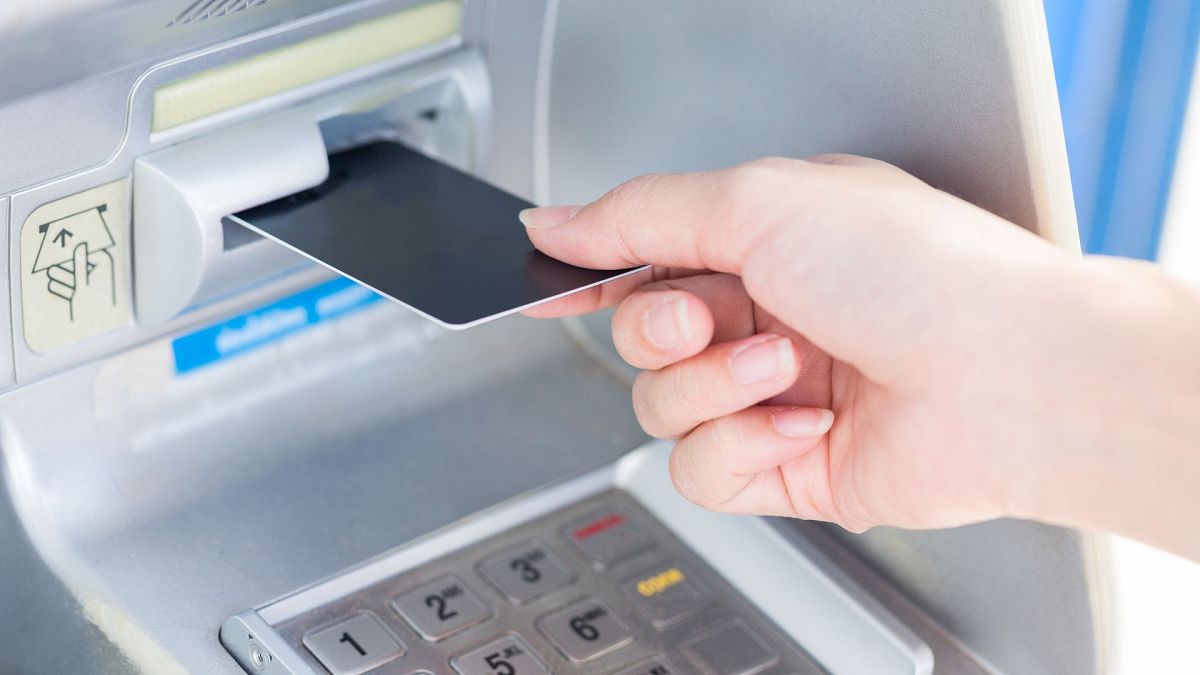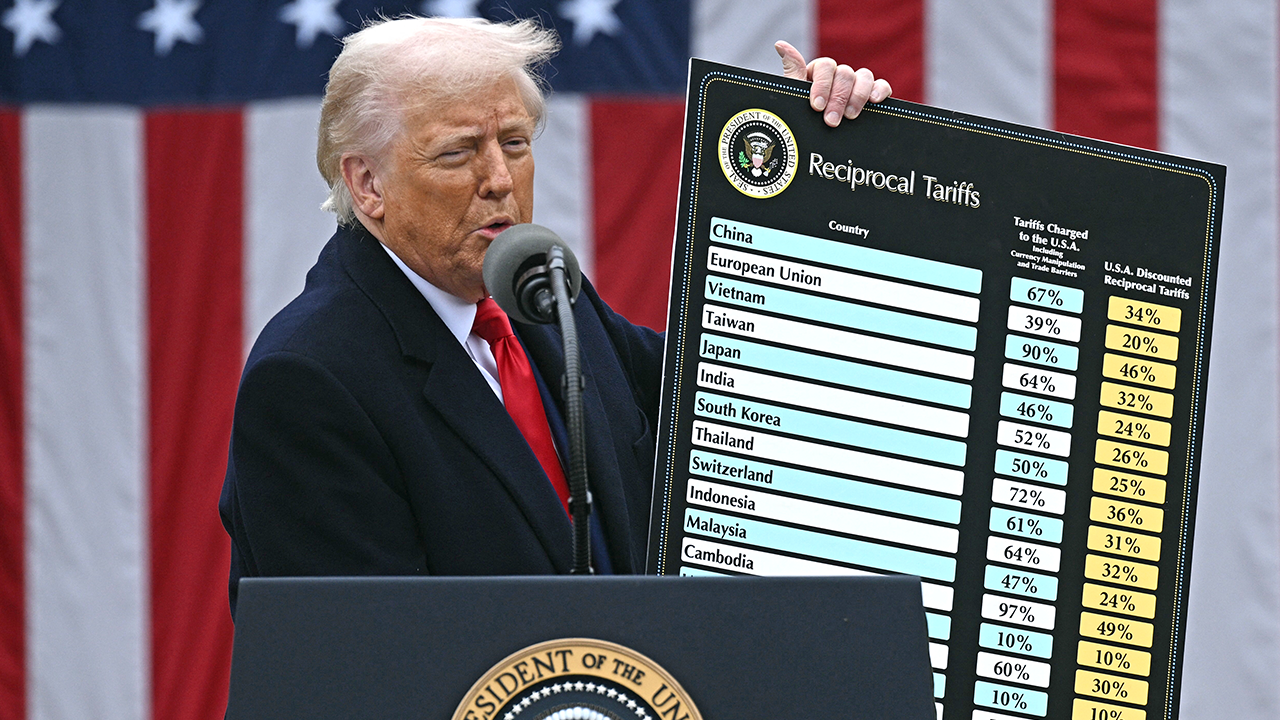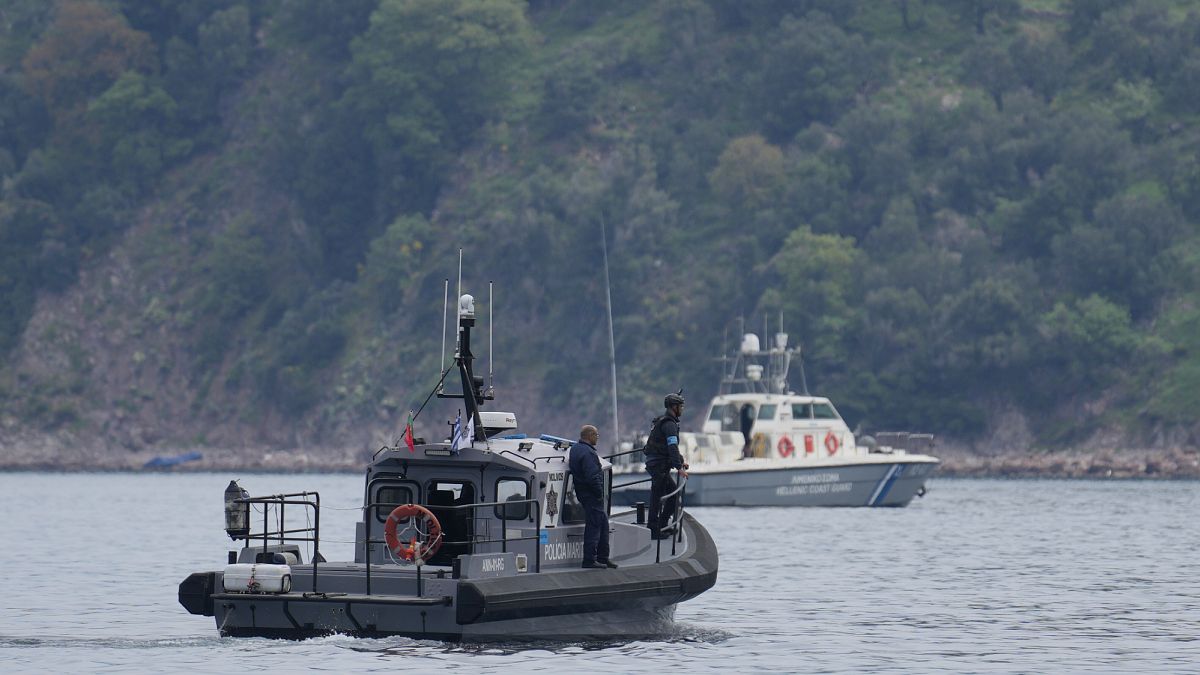Arizona
Northern Arizona reacts to area surrounding Grand Canyon likely becoming a national monument
/cloudfront-us-east-1.images.arcpublishing.com/gray/HZV4LA475ZD3NLCL5QUE3SXOZA.jpeg)
GRAND CANYON, AZ (3TV/CBS 5) – As President Biden visits Arizona, a large part will focus on the environment around the Grand Canyon and protecting more of the land from mining. It’s something the tribes and environmentalists have been pushing for, but not everyone supports the plan.
“The literal name of the monument means where the indigenous people roam,” Biden’s National Climate Advisor Ali Zaidi told White House press reporters earlier this evening. “This is also an incredibly important ecosystem in terms of climate resilience.”
If the area surrounding the Grand Canyon becomes a national monument, it would be further protected from uranium mining after former President Barack Obama put a 20-year pause on new uranium mining claims back in 2012.
“It would permanently protect the water resources and the cultural resources of this region which are quite literally irreplaceable,” Grand Canyon Trust Energy Director Amber Reimondo said.
Reimondo says expanding uranium mining increases the potential for contaminated water from the Colorado River and requires too much water as Arizona faces an ongoing shortage. “We’re risking dewatering our precious aquifers that feed groundwater systems and feed the water that we all rely on,” she said.
But Mohave County Supervisor Buster Johnson says the potential economic positives far outweigh any negatives from uranium mining. “We can mine in other states, but the quality is real low,” Johnson said. “But they can blend it with ours and then get a useful amount of uranium.”
Johnson wasn’t surprised by the news that President Biden is preparing to declare this land surrounding the Grand Canyon a national monument. But he says the fight for more access to uranium mining isn’t over. “Utah has a lawsuit against the Biden administration over the Grand Staircase where they did the same thing, a monument,” he said. “They have said that they’d be willing to have us join their lawsuit.”
Johnson says he expects Mohave County to be part of that lawsuit moving forward.
See a spelling or grammatical error in our story? Please click here to report it.
Do you have a photo or video of a breaking news story? Send it to us here with a brief description.
Copyright 2023 KTVK/KPHO. All rights reserved.

Arizona
This is what bus safety looks like in southern Arizona
TUCSON, Ariz. (13 News) – The focus on safety on school buses is reaching new heights following a crash on Interstate 10 Tuesday that injured dozens of kids and staff.
However, local safety administrators are pumping the brakes on concerns over school bus safety in southern Arizona.
“A school bus is the safest means of transportation for our students and passengers,” said Teresa Ramirez, the southern Arizona board member for the Transportation Administrators of Arizona.
Previous Coverage
Man arrested after school bus crash in Marana leaves victim with amputated hand
TMC talks about response, preparedness following serious school bus crash in Marana
Statistically, it is safer for children to travel on a bus than a car, with an average of six student deaths per year to 2,000 in a car, according to the National Transportation Safety Board.
However, to analyze what safety standards are in place for buses in southern Arizona, administrators have to look at each district individually.
“Every district has the opportunity to design a fleet that is specifically for the needs of that district,” Ramirez said.
A district like the Tucson Unified, which has the largest number of bus users in southern Arizona, requires larger buses.
It can be limiting for safety features like seatbelts compared to smaller districts in rural communities that can use smaller buses or caravans with seatbelts to transport students.
But one common thread between all these buses is the design of the seats which do protect the children.
“We have the panels that are extremely high where it protects our students from lunging forward. We have the anti-air brakes in most of our busses,” Ramirez said.
The large seat cushions or panels are familiar to anyone who rode a bus growing up as the length of the seat provides a cushion to brace any impact from a potential crash.
“In the event of having to stop quickly, really what they do is prevent a student to going over a seat,” Ramirez said.
While Arizona saw more than a 50% decrease in bus crashes from 2012 to 2022, according to data from the ADOT, many still question if the cushions are enough in a high-speed crash.
“Seat belts are independently different due to what district you’re at and what your necessity is,” Ramirez said.
In 2018, the NTSB recommended that every state require seatbelts on buses, but Arizona has not implemented it.
That means it’s up to the individual districts to implement what they see fit.
“Typically, districts get together and talk about what is needed or necessary in their own district and what they have come across,” Ramirez said.
TUSD just received a new fleet of buses, and 13 News reached out to see if there are different safety features like seatbelts on those buses but we have not received a response yet.
Be sure to subscribe to the 13 News YouTube channel: www.youtube.com/@13newskold
Copyright 2025 13 News. All rights reserved.
Arizona
Arizona guard Conrad Martinez enters NCAA transfer portal

For most of this past season Arizona religiously used an 8-man rotation with the occasional foray deeper into the bench. When a ninth player was needed it was usually Conrad Martinez, including a couple times during the Big 12 and NCAA tournaments.
But by and large, minutes were hard to come by for Martinez during his two seasons with the Wildcats. A bigger role is more likely elsewhere.
Martinez has entered the NCAA transfer portal, according to Wildcat Authority’s Jason Scheer, the fourth UA scholarship player to do so since the season ended last week.
The 6-foot sophomore guard from Spain appeared in 41 games in two seasons for Arizona, scoring 53 points with 32 assists and 13 steals. He averaged five minutes in 22 games in 2024-25, scoring 1.6 points per game while making 66.7 percent of his shots (including 5 of 10 from 3) and 87.5 percent of his limited free throw attempts.
Martinez scored a career-high nine points against Central Michigan in December, when he logged a career-best 20 minutes of floor time. Most of his appearances came in the final minutes of blowouts, though in the Big 12 Tournament semifinal and final he entered late in the first half, the same in the Sweet 16 loss against Duke when early foul trouble for Jaden Bradley kept him on the bench.
Playing the final 6:07 of the first half, Martinez had a steal and also hit a corner 3 that tied the game at 32.
He joins guard KJ Lewis and centers Emmanuel Stephen and Henri Veesaar in the portal from Arizona. The Wildcats currently have five scholarship players on the roster but that includes freshman Carter Bryant, who is expected to declare for the 2025 NBA Draft.
Arizona
Arizona attorney general calls proposed health care cuts 'illegal'

-

 News1 week ago
News1 week agoTrump Is Trying to Gain More Power Over Elections. Is His Effort Legal?
-

 News1 week ago
News1 week agoWashington Bends to RFK Jr.’s ‘MAHA’ Agenda on Measles, Baby Formula and French Fries
-

 News1 week ago
News1 week agoCompanies Pull Back From Pride Events as Trump Targets D.E.I.
-

 World1 week ago
World1 week agoAt least six people killed in Israeli attacks on southern Syria
-

 Technology1 week ago
Technology1 week agoTrump officials planned a military strike over Signal – with a magazine editor on the line
-

 Technology1 week ago
Technology1 week agoThe FBI launched a task force to investigate Tesla attacks
-

 World1 week ago
World1 week agoNo, Norway and Sweden haven't banned digital transactions
-

 Culture1 week ago
Culture1 week agoAnalysing Jamal Musiala’s bizarre corner goal for Germany against Italy


















